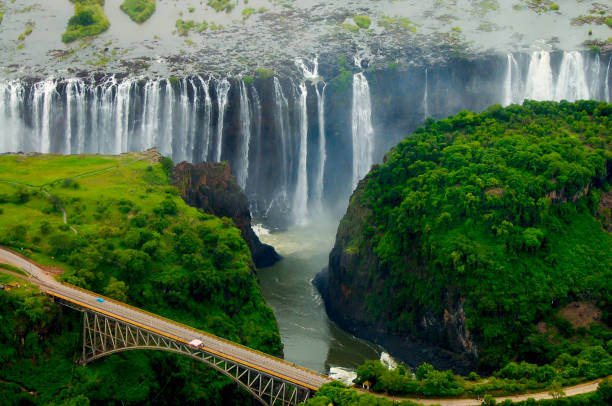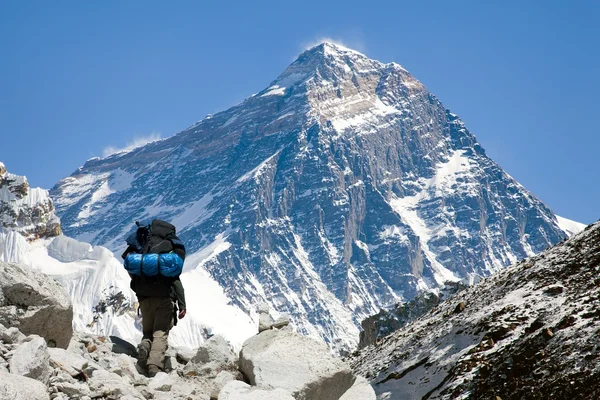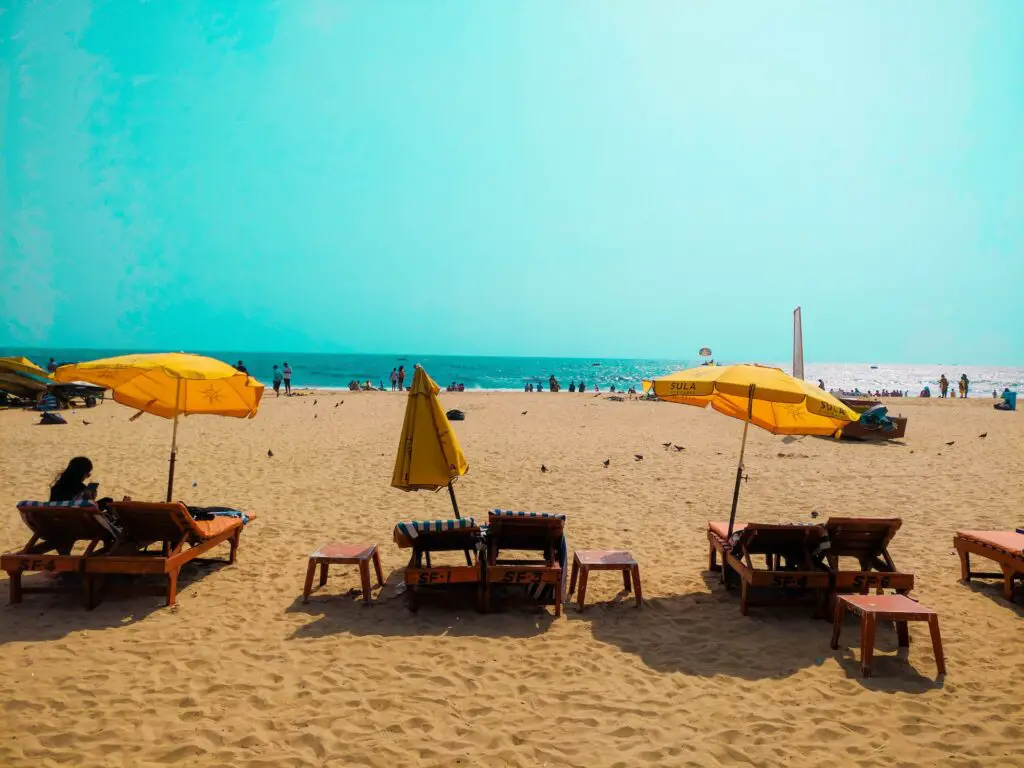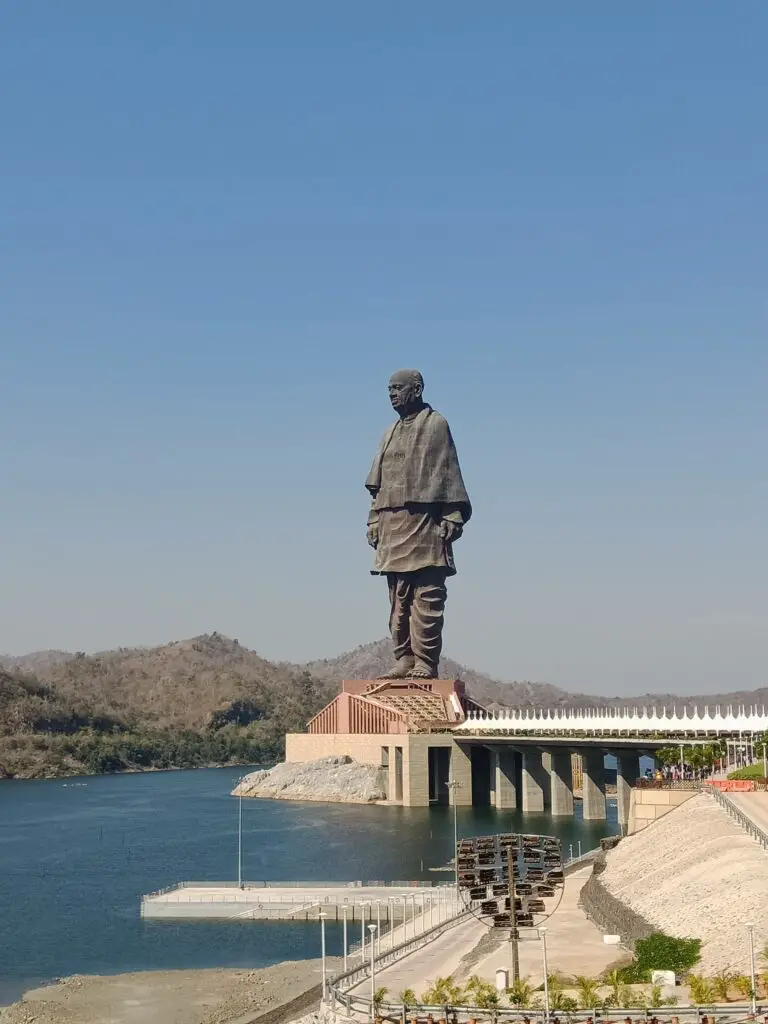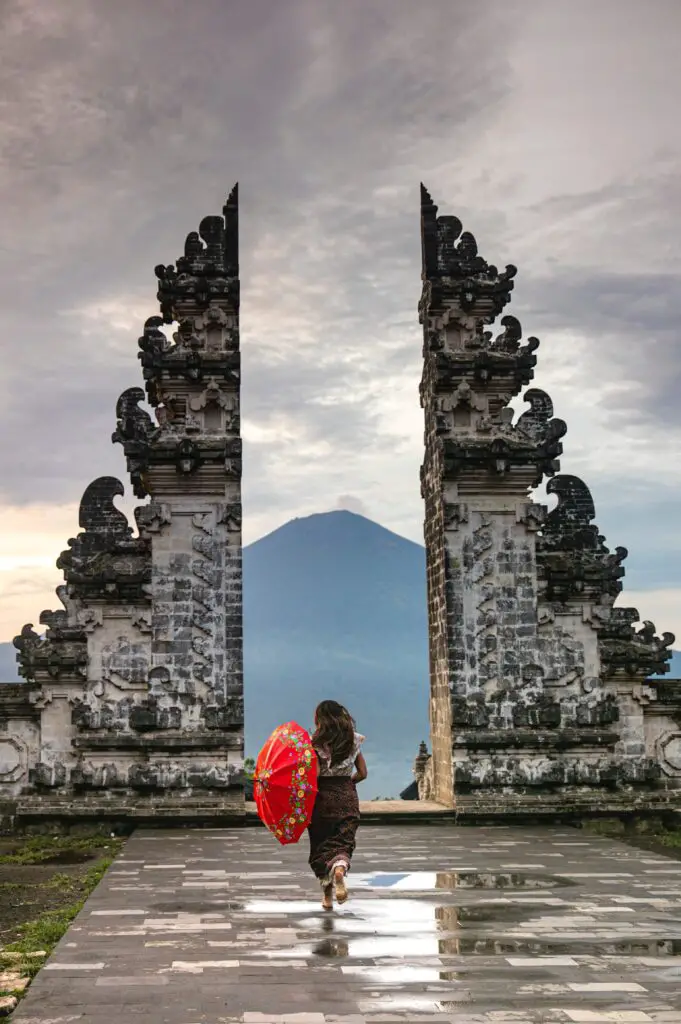Victoria Falls is one of the 7 natural wonders of the world situated on the border between Zambia and Zimbabwe. Victoria Falls is also called “Mosi-oa-Tunya” in the local Tonga language which means, “The smoke that thunders”. Due to its stunning view and volume of water outflow along with natural beauty, falls considered one of the world’s largest waterfalls.

Victoria Falls is formed by the Zambezi River as it spreads around a 1.7-kilometer-wide cliff, dropping water from 108 meters top-level into the Zambezi Gorge below. Because of this, Victoria Falls creates a water spray and mist that can be seen and explored from miles away.
In this article, we are going to discuss some of the things that you should know before going to Victoria Falls. These data will explain some of the essential and fair information about one of the world’s most attractive waterfalls and facts should know before going to explore.
Related Article: Yoho National Park.
Some of the Fact You Should Know Before Going to Victoria Falls
1. Where is Victoria Falls?
Victoria Falls is phenomenal waterfall in the world that grab the attention of travelers from all over the world. Victoria Waterfall was born from the Zambezi River, in Southern Africa. Located in the western part of Zimbabwe and the southern part of Zambia, shared between both countries. This falls within the Mosi-oa-Tunya National Park in Zambia and the Victoria Falls National Park in Zimbabwe. The majority of Victoria Waterfall (⅔ of the portion) in the Zimbabwe side and the rest (⅓ portion) lies on the Zambian side.
Do You want to Know About World’s Tallest Mountain range?
2. How Big It Is?

Victoria Falls is considered one of the world’s largest and most eye-catching waterfalls. Spreads approximately 1.7 kilometers (1.1 miles) in width and height of about 108 meters (355 feet), twice as high as Niagara Falls. This waterfall stands at an altitude of 915 meters above sea level. Interestingly, Victoria Falls water sprays which you can see from 30 km distance of Zambia and 50 km from Bulawayo road, Zimbabwe. Not just that only world’s top waterfall, but it is also the world’s largest sheet of falling water.
3. UNESCO World Heritage Site
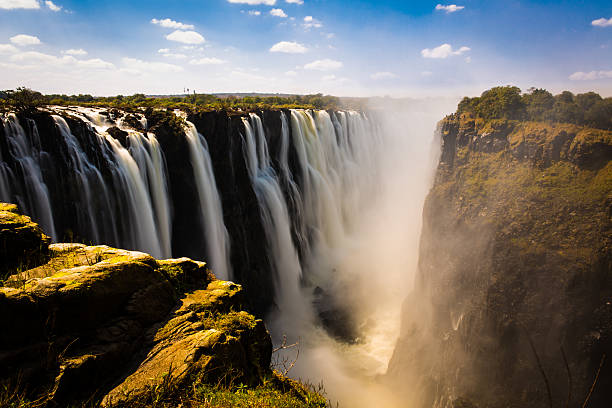
On 15th December 1989, Victoria Falls was declared a UNESCO World Heritage Site. Recognizing its phenomenal natural beauty and incredible universal value represents one of the 7 Natural wonders of the world. During the World Heritage Convention in 1972, both Zambia and Zimbabwe signed a treaty.
4. How it is Formed?
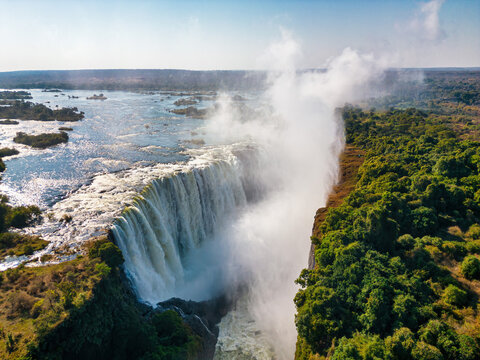
Fall formed due to basalt plateau over which the Zambezi River flows contains many large and bigger rocks to fill smaller and weaker sandstones. 15 million years ago, the Zambezi River system was shifted by the geological upheavals in Southern Africa. Before that there was an extreme river system, and at that time no interlink between the upper and lower Zambezi Rivers. The falls were formed through the process of natural erosion of the basalt rock and which is still exist today.
5. Why is it Called ‘The Devil’s Pool’?

An interesting fact in Victoria Falls is its also called as “The Devil Pool”. It is a natural swimming hole near the edge of Victoria Falls on the Zambian side. The Devil Pool is also famous as the “Pool of Death”, for vicious currents and risk of waterfalls over the edge of this waterfall. People mostly prefer Devil Pool during the dry season or summer season, visitors can swim and stay at the edge of the waterfall, providing a mind-blowing experience from the top. Experiencing the devil pool here is worth explore one and surely a life-changing experience too.
6. What about the Victoria Falls Rainforest?

In 1937, the Rainforest became a part of the broader Victoria Falls National Park. Victoria Falls succeeded in maintaining a sustaining lush green rainforest known as the “Victoria Falls Rainforest”. Here, bushbuck, baboons, and mongoose are common animals you will find. The rainforest is home to a variety of flora and fauna including many animal species, like monkeys, birds, and leopards.
7. What are the Water Activities Available Here?
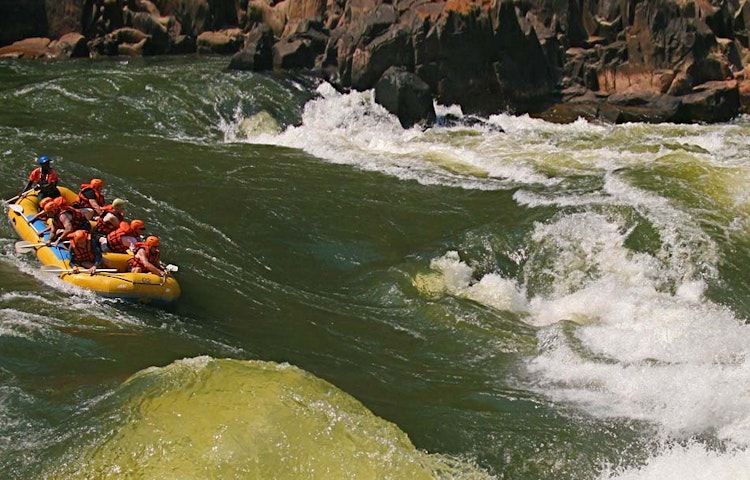
Victory Falls will never disappoint travelers when it comes to fun and travel activities. Landmarks offers some of the break-taking activities including, boarding, zip lining, gorge swimming, fishing and elephant safari. Both Zambia and Zimbabwe governments supported some activities such as experiencing views by taking a scenic helicopter flight or microlight flight over the falls and Zambezi boat cruise, bungee jumping, water rafting and so on. Devil’s Pool or “The Pool of Death” is considered one of the daring water activities here in Victoria Falls, which most of visitors wish to make. The Zimbabwe government decided to build Victory Falls town, a new theme park.
8. Local Communities: How are they?
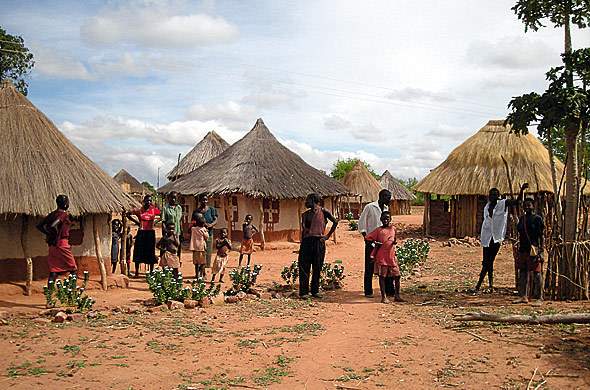
Undoubtedly, Victoria Falls is located in both African countries, so, the probability of tribal and indigenous peoples’ interference is high. We can see a good number of local communities like the Tonga, Lozi, and Luvale peoples here. These people are living from ancient times and they still believe that Victoria Falls is sacred and holy to them despite of its popularity. They have a very close relationship with local environments and nature in order to protect local culture, practices and flora and fauna. Some local communities successfully run their life through Local tourism, since falls generate a lot of local employment, economic activities and start-up options for them.
9. On what Time\Season Should I Visit?
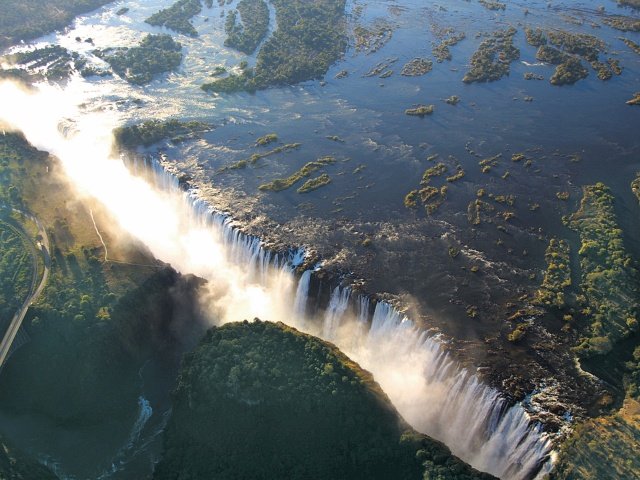
Based on Local situations and Tourism traffic February to May month is most recommended time to enjoy Victoria Falls. But as per your requirements, you can visit any time in a year. From November to April, these months are the rainy season, when visitors encounter beautiful waterfall and an eye-catching spectacle view with a massive volume of water. This time water sprays can be too high. From May to October, the months are mostly dry seasons. This time you can enjoy water-related activities and Devil’s Pool.
10. Do they follow the right Conservation and Sustainability Steps?
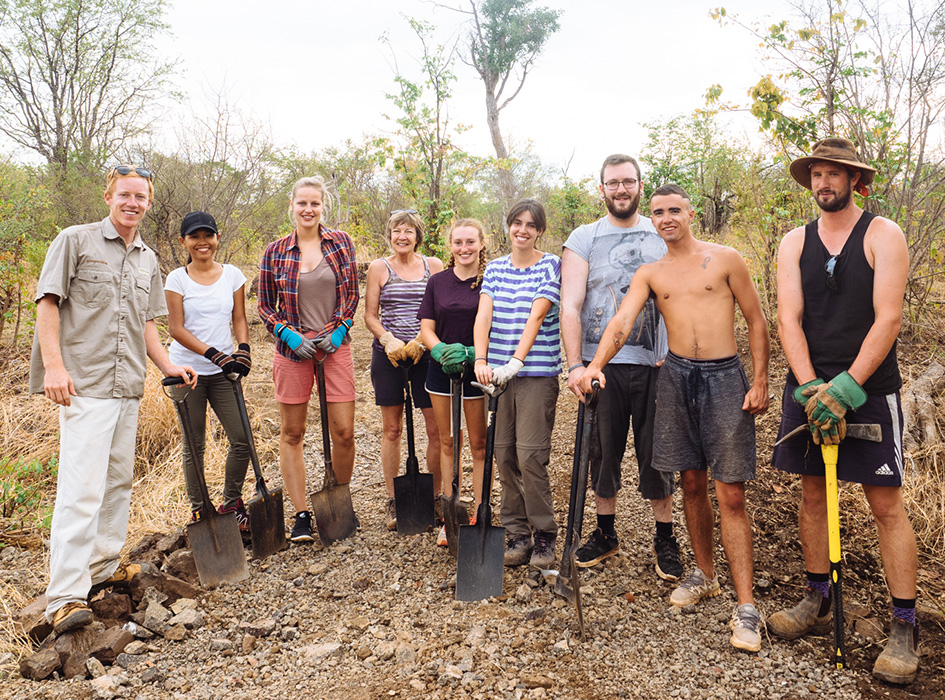
Both Zambia and Zimbabwe countries have come up with a mission to protect the environment in order to maintain sustainable tourism and balance the ecosystem. Mission includes; reducing the water flows due to droughts, reducing pollutants, pepper waste management and maintaining greenness including protecting species. “Greenline Africa’‘ is an organization initiated by the local people working with vulnerable societies near Victoria Falls to improve basic amenities and infrastructure like health, education, and livelihoods.
Lets Wind Up
Undoubtedly, Victoria Falls is an awe-inspiring and most thrilling natural wonder in the world. Yet, this fall welcomes more than 1 million visitors of its phenomenal beauty and volume of water flows. If you are a traveler seeking a stunning destination and trying to mingle with nature then surely, you can add Victoria Falls to your travel bucket list.
Related Articles: Kerry, Ireland.
Top 10 Things to Do in Antarctica.
Q : Where is Victoria Falls?
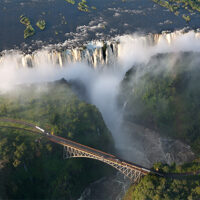
A : Victoria falls is Located in the western part of Zimbabwe and the southern part of Zambia, shared between both countries. This falls within the Mosi-oa-Tunya National Park in Zambia and the Victoria Falls National Park in Zimbabwe. The majority of Victoria Waterfall (⅔ of the portion) in the Zimbabwe side and the rest (⅓ portion) lies on the Zambian side.
Q: How Victoria Falls was formed?
A: 15 million years ago, the Zambezi River system was shifted by the geological upheavals in Southern Africa. Before that there was an extreme river system, and at that time no interlink between the upper and lower Zambezi Rivers. The falls were formed through the process of natural erosion of the basalt rock and still exist today.

